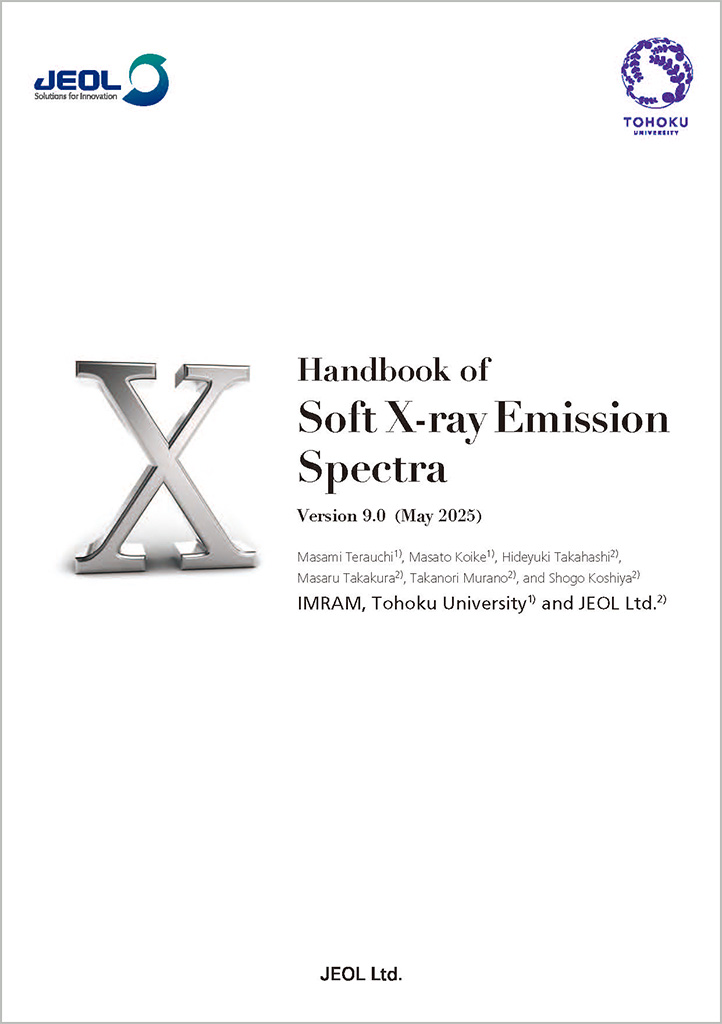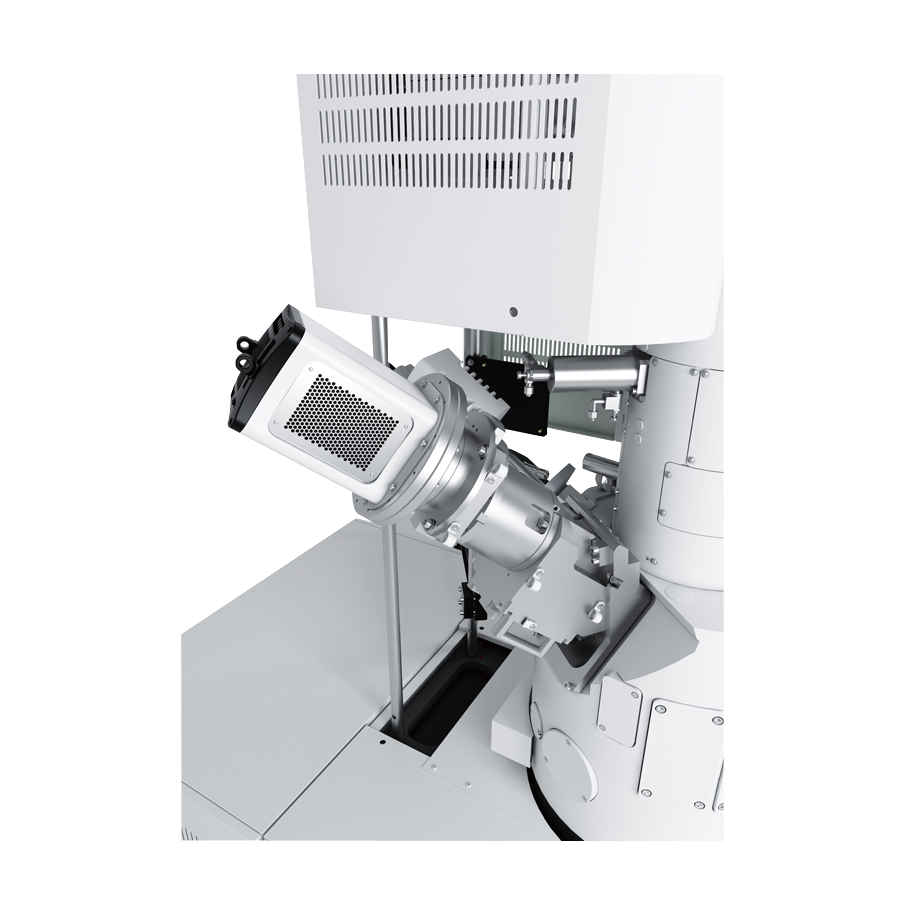Handbook of Soft X-ray Emission Spectra Version 9.0
(May 2025)

Soft X-ray emission spectroscopy (SXES) is used to probe solid state effects, the energy state of bonding electrons. This spectroscopy has recently combined with modern transmission electron microscopy (TEM), and applied to commercial electron probe microanalysis (EPMA) / scanning electron microscopy (SEM). Since there are many atomic resonances in soft X-ray energy region (< several keV), SXES combined with electron microscopy provides a sensitive tool for elemental and chemical identification method based on microscopy, which can make many application opportunities.
Masami Terauchi1), Masato Koike1), Hideyuki Takahashi2), Masaru Takakura2), Takanori Murano2) and Shogo Koshiya2)
IMRAM, Tohoku University1) and JEOL Ltd.2)

